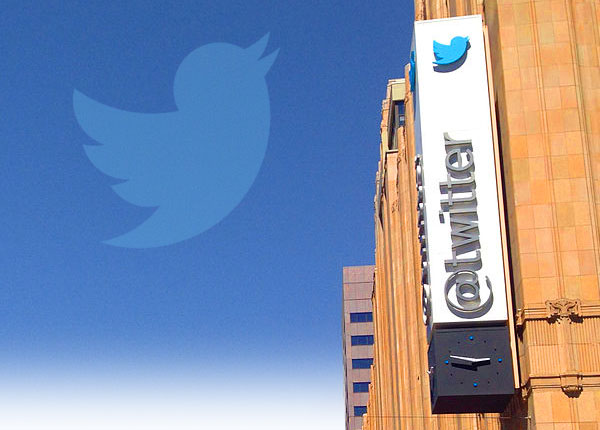Twitter plans to introduce an algorithmic timeline, possibly this week, Buzzfeed News reported last week.
The algorithm reportedly would organize tweets based on relevancy.
Twitter users criticized the idea using the hashtag#RIPTwitter, prompting CEO Jack Dorsey to respond.
“Regarding #RIPTwitter: I want you all to know we’re always listening. We never planned to reorder timelines next week,” he tweeted over the weekend.
User discontent could be the cumulative effect of rumored change, coming on top of a statement Dorsey made two weeks ago about increasing the 140-character limit to 10,000 characters.
“People hate change in general, but, when something you may be using 20 times a day changes, it’s frightening,” observed Jay Baer, president ofConvince & Convert.
Twitter’s shares fell to an all-time low of $14.87 Monday, although they recovered to close at $14.90, down 82 cents.
“Overlaid with Twitter’s financial troubles, it all feels very ‘last lifeboat on the Titanic’ right now,” Baer told TechNewsWorld.
Beating Up on Twitter
“Don’t touch the algorithm. Don’t add more characters. Don’t mess up,” tweeted Kim Dotcom on #RIPTwitter. “We happy.”
Several others echoed the sentiments of Brian Nufc, who wrote, “Soon as Twitter becomes Facebook, I’m out of here!”
“If true, I don’t understand why you would even want to turn Twitter into Facebook 2.0,” commented Richard Sharp. “People use Twitter not to use Facebook.”
“The whole point of @twitter is that you see tweets in real time,” wrote ‘The Political Petard.’ “Removing that removes basically the entire point of Twitter.”
Twitter members “love the fact that their posts appear based on a timeline rather than some magic algorithm,” said Jason Dorsey, researcher at theCenter for Generational Kinetics.
“This allows it to be more democratic and [is] considered a fair playing field versus some formula working in the background that determines what people see and when,” he told TechNewsWorld.
It’s All About the Cash Base
Liking a platform isn’t enough to save it, however.
“People who love Twitter, love Twitter,” Convince & Convert’s Baer said. “The problem is, there aren’t enough of them to continue growing Twitter ad revenue at a rate Wall Street and their many rounds of VCs would like to see.”
Facebook was used by 72 percent of online U.S. adults, while only 23 percent used Twitter, Pew Researchreported in August, based on a survey of 1,900 adults conducted between March and April.
Facebook had the most engaged users, with 70 percent logging on daily and 43 percent logging on several times a day.
Imitation: The Sincerest Form of Failure
“Twitter needs to become less like Facebook to survive, not more,” Baer said. “But at every turn — profile pages, photos in stream, videos, like buttons and so on — they continue to ape Facebook’s features to try to broaden their appeal.”
Twitter’s “being forced to compete against a much more popular and more strategic powerhouse, and instead of being the best Twitter possible, they’re trying to be a second-rate Facebook,” he continued. “We’ve already seen how that plays out — it’s called Google Plus.”
Practical Advice
As the founder of a young company, Jim McGregor ofTirias Research uses Twitter as one avenue to promote his analysts, their work and the firm. He also uses Twitter to “communicate with people throughout the industry on hot topics.”
The algorithmic timeline makes sense provided it’s offered as an option where users can set the priorities of the algorithm, because “Twitter’s trying to address the fact that some users may prefer a different view of the timeline that’s more responsive to their needs and interests,” he told TechNewsWorld.
Twitter should introduce a “view” button that lets users select the organization of tweets, McGregor suggested.






















































